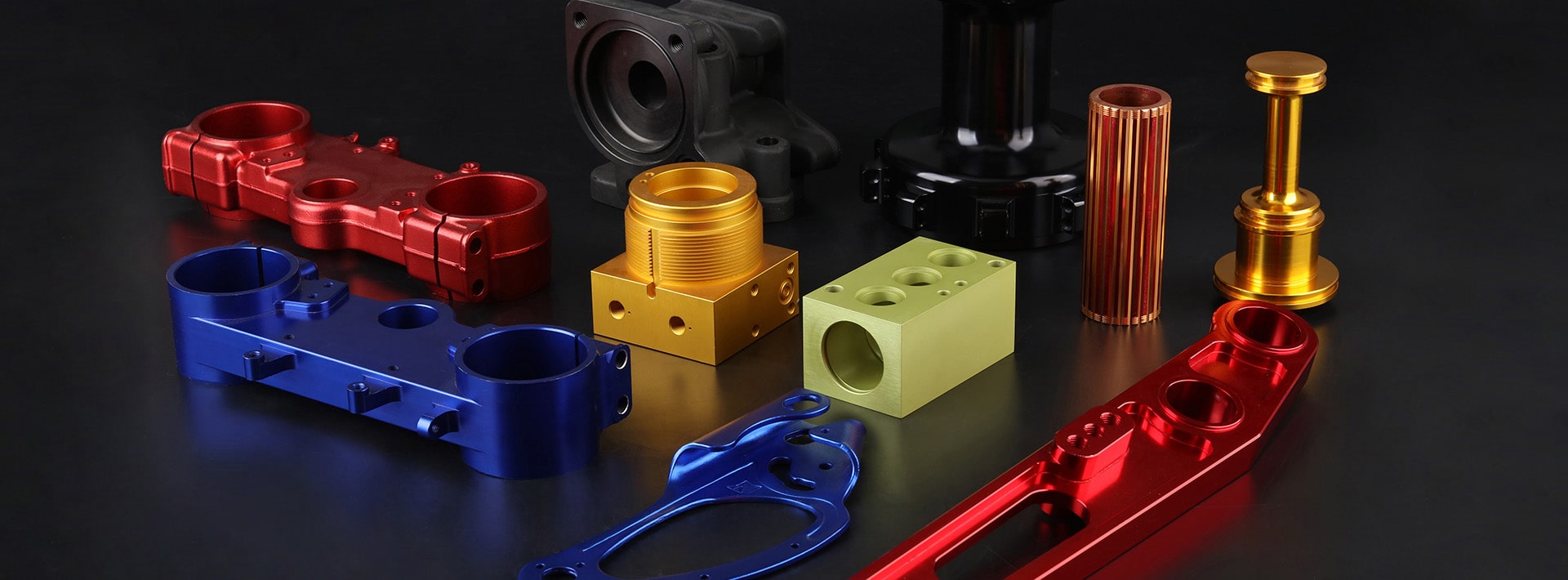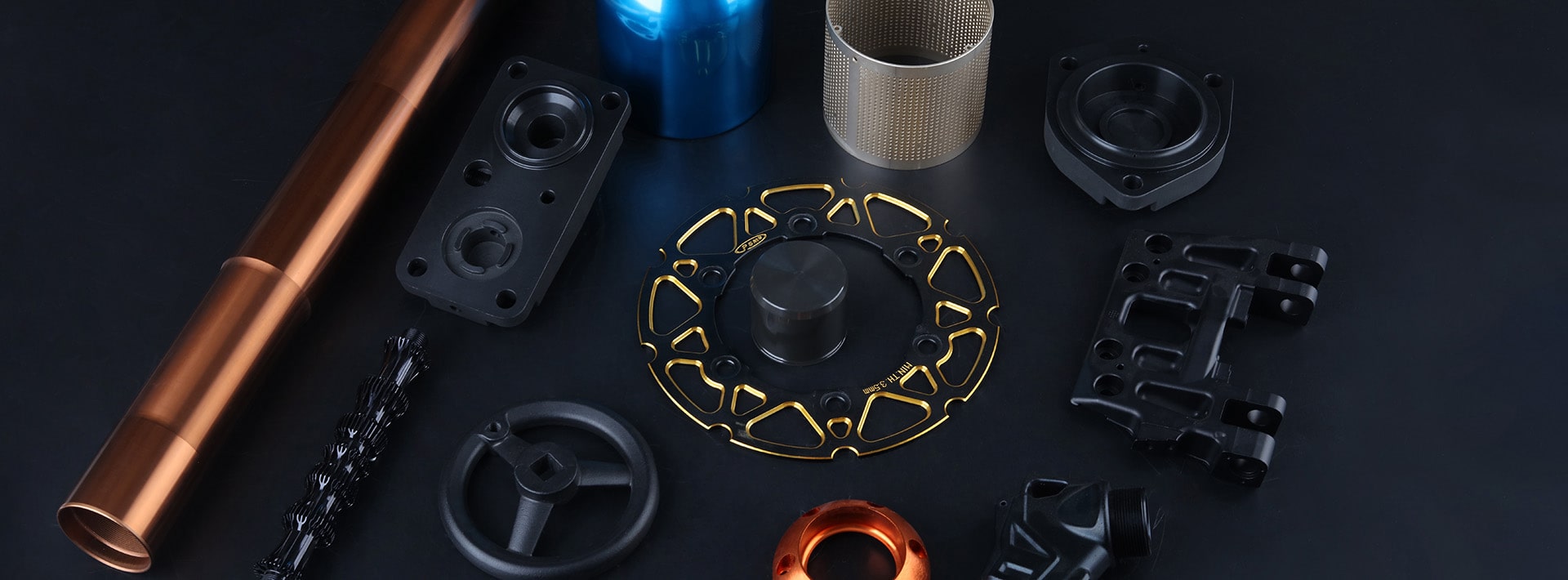Aluminum anodizing is a common metal surface treatment technique primarily used to protect aluminum alloys from corrosion and oxidation. This process involves electrolytic cell reactions, which mainly consist of external power sources, electrolyte solutions, and cathode and anode electrodes. The reaction process of an electrolytic cell is that current passes through the electrolyte solution, causing reduction and oxidation reactions at the cathode and anode.
In industrial applications, 316 stainless steel is commonly used as the cathode, but graphite or lead can also be used. The anode is an aluminum alloy that requires protection. According to the type and requirements of anodizing, sulfuric acid, chromic acid, oxalic acid, phosphoric acid, and some organic acids can be selected as electrolytes.
The chemical reaction equations for the anode and cathode are as follows:
Anodic reaction: 2Al+3H2O=Al2O3+6H++6e-
Cathodic reaction: 6H++6e -=3H2
Overall reaction: 2Al+3H2O=Al2O3+3H2
During the anodizing process, the generated aluminum oxide film is a dense porous structure. Dyeing is the process of infiltrating dyes (such as metal salts, organic dyes, etc.) into a porous oxide layer to give the aluminum surface the desired color and luster. The hardness of aluminum oxide film is much higher than that of aluminum substrate, which can effectively isolate the metal substrate from the medium (such as air, seawater, etc.), prevent metal oxidation and corrosion. In addition, it can also improve the friction resistance and durability of metals.
Through anodizing treatment, aluminum alloys not only achieve a beautiful appearance, but also enhance their durability and corrosion resistance, making it a very practical surface treatment technology.
Hot tel: +86-13018838288 / 13506865770
Address: Ganjiang bingang industrial city, Yuhuan City, Taizhou City, Zhejiang Province, 317600 China.




